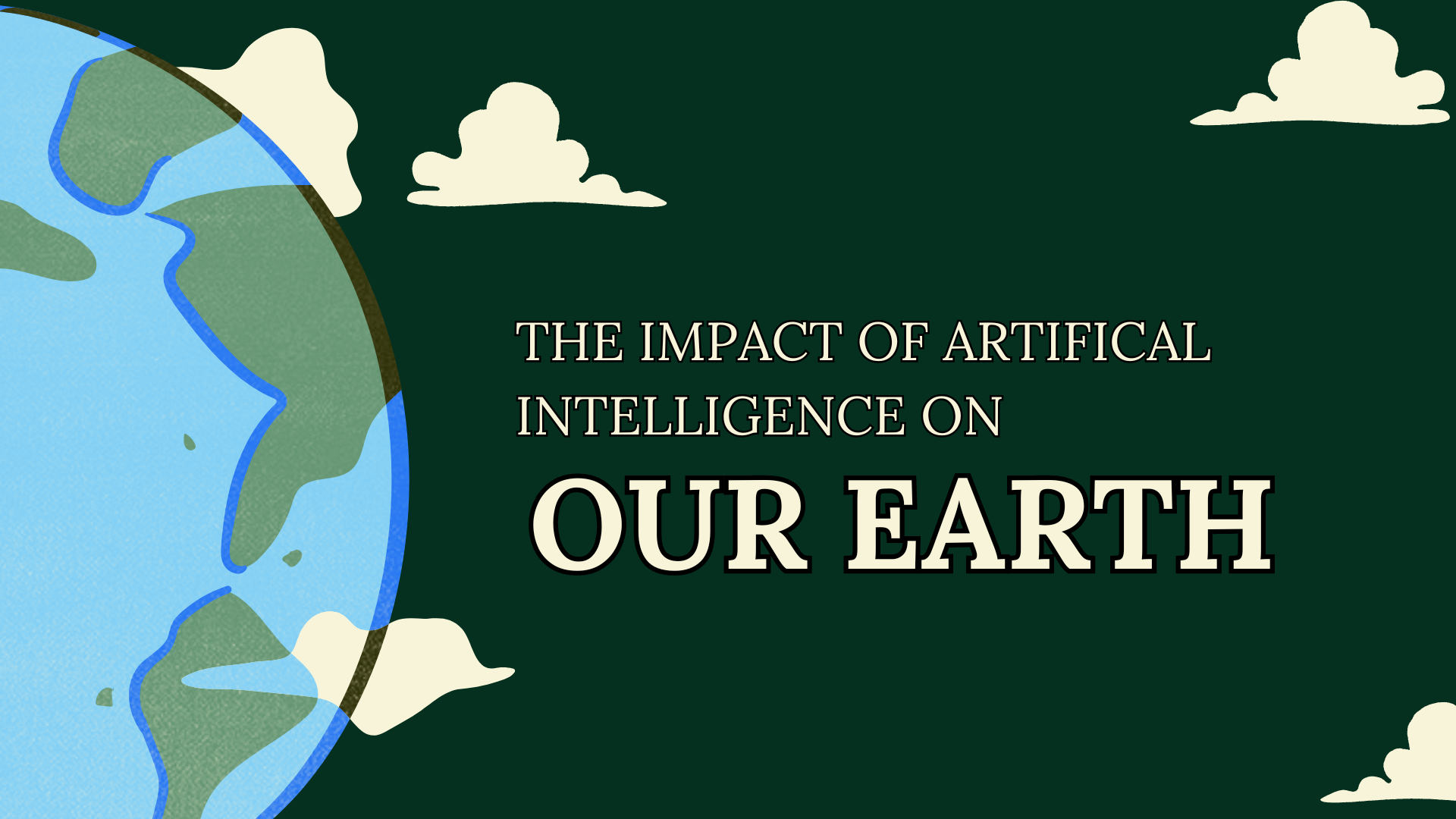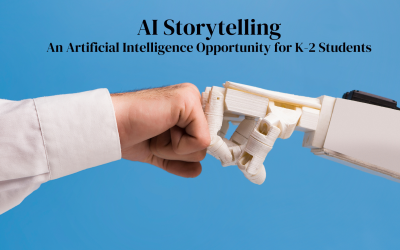Overview
Artificial Intelligence tools are creating a significant impact on the environment, including their need for energy such as electricity and water consumption. Follow along with the interactive PowerPoint guiding conversations and investigation for students surrounding the impact of Generative AI on the planet.
NB Curricular Connections
Science 9
- Strand: Learning and Living Sustainably– Big Idea: Responsible and Sustainable Application
Science 10
- Strand: Learning and Living Sustainably– Big Idea: Relationships Between Science and Technology
What You’ll Need
- Canva Presentation: CLICK HERE
- Access to technology (iPads, computers)
Instructions
- Open a conversation first about our earth, and how we can be environmentally conscious as community members. What are the most common ways we impact water waste? Burn electricity? Pollution? (Leaving lights on, turning off the tap, carpooling, not littering, recycling).
- Set Environment discussion aside and open a conversation with students about technology specifically artificial intelligence. “What is artificial intelligence? What does it do? What can it do?” Leave time for discussion and questions to curate.
- Open the included Canva presentation to discover the crossover between environment and technology. Slides 2 & 3 explain AI and how it works.
- AI’s impact on energy and water (slides 5 & 6)
- Facilitate discussion based on the “Did you know” slide 7.
- Discuss the personal, community, and global impact.
- Encourage students to think about the direct and indirect effects of AI technology on the environment (Slide 8)
- Encourage students to think about other direct and indirect effects various aspects of their lives impact, and how they can impact the world around them. For example, walking to school vs. driving to school or carpooling. How does using a reusable water bottle impact the environment on a personal, community, and global level? How technology usage impacts the environment direct and indirectly. (Slide 8)
- Small Group Investigation: (Slide 9)
- Divide class into small groups to investigate how the design and complexity of an AI model can affect its energy consumption. Provide each group with a different AI platform. Come together as a whole at the end of class for groups to share what they learned.
- By investigating different types of AI platforms, students gain a better understanding of the complexity of AI, AI impact on the environment related to energy consumption, and all the things AI can do.
- Students’ investigation they may include: The type of AI platform, its purpose, energy impact, contributions to the environment, and ways to offset energy consumption. Students must also incorporate the direct and indirect impact to the environment of their usage of AI.
- Types of AI for small groups: On-Premises Servers; Cloud Computing Services; Edge Computing Devices; GPU Accelerators; Quantum Computing
- Exit Slip (Slide 10) – On a piece of paper reflect on what you have learned about AI and the environment. Ensure to answer the questions below:
- What was did AI’s impact on the environment surprise you?
- What are the trade-offs between the benefits of AI and its environmental impact?
- How can we balance the growth of AI technology with sustainable practices?
Reflection Activity
- The Human Impact: Students identify opportunities for energy efficiency improvements at school or at home. Take note of the direct and indirect impacts your choices and how they affect you, the community, and our earth. Students are encouraged to record the big and small energy-saving practices. At the end of a given period discuss the hardest and easiest practices to adjust and change
Acknowledgements
- https://www.aiforeducation.io/ai-resources/ais-impact-on-the-environment






